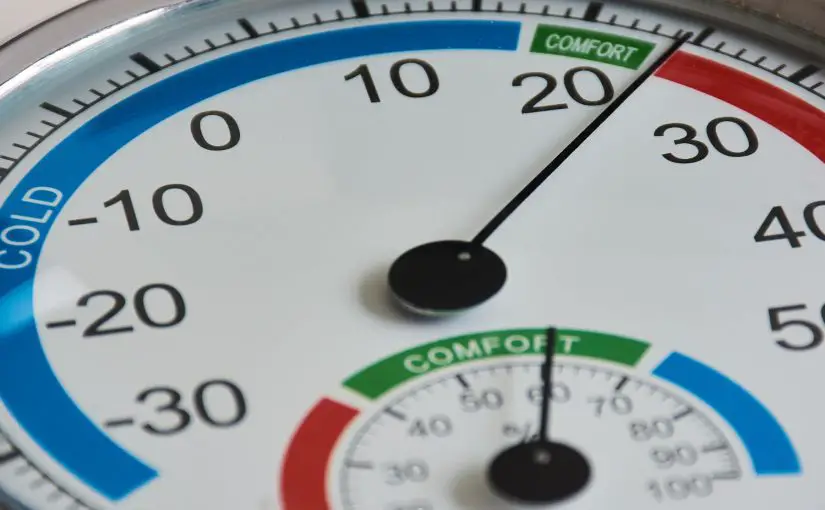Window air conditioners (AC) are a popular cooling option for many households, especially during the summer months.
They are relatively easy to install and use, but they can encounter issues from time to time.
One common issue is the need to reset the unit, and that’s where the Window AC reset button comes in.
In this article, we will discuss what the Window AC reset button is, how to use it, and what to do if your unit does not have one.
Window AC Reset Button – What It Is and How to Use It
The Window AC reset button is a small button located on the control panel of your AC unit.
It is usually red and may be labeled “reset” or “restart.”
The purpose of the reset button is to reset the internal circuitry of your AC unit and clear any minor issues that may be causing it to malfunction.
 When to Use the Window AC Reset Button:
When to Use the Window AC Reset Button:
The Window AC reset button is designed to help resolve minor issues with your AC unit.
Here are some scenarios in which using the reset button may be appropriate:
| AC unit not cooling properly | AC unit making unusual noises | AC unit frozen |
|---|---|---|
| AC unit is not cooling properly | AC unit is making unusual noises | AC unit is frozen |
| Resetting the unit can help resolve issues with the compressor or refrigerant levels. | Resetting the unit can help resolve issues with the fan or motor. | Turn off unit and let it thaw before restarting. |
When Not to Use the Window AC Reset Button:
While the Window AC reset button can be a helpful tool for resolving minor issues, there are some scenarios in which using the reset button may not be appropriate.
Here are some scenarios in which you should not use the reset button and to turn off unit and call a pro.
When to Not Use The Reset Button on a Window Air Conditioner
| 1. AC unit emitting strange smells | 2. AC unit leaking water | 3. AC unit producing smoke or sparks | |
|---|---|---|---|
| 4. Reset button not working | 5. AC unit does not have reset button |
What to Do if Your AC Unit Does Not Have a Reset Button:
If your AC unit does not have a reset button, you may be wondering what to do if you encounter issues with the unit.
Here are some troubleshooting steps you can take:
- Check the power supply: Make sure that the AC unit is properly plugged in and that the circuit breaker or fuse box has not tripped.
- Check the air filter: A clogged or dirty air filter can restrict airflow and cause issues with your AC unit. Check the air filter and clean or replace it as needed.
- Clean the coils: Dirty coils can also restrict airflow and cause issues with your AC unit. Use a soft brush or cloth to gently clean the coils and remove any debris.
- Call in the Big Guns: If the above steps do not resolve the issue, it may be time to contact a professional HVAC technician.
Additional Information:
Common Error Codes:
If you encounter an error code on your window AC unit, it can be helpful to know what the code means and what the possible causes are.
Here are some common error codes:
| Error Code | Description | Possible Cause |
|---|---|---|
| E1 | Communication error between indoor and outdoor units | Wiring or control board issues |
| E2 | High pressure switch tripped | Refrigerant leak or clogged condenser |
| E3 | Low pressure switch tripped | Low refrigerant levels or clogged evaporator |
| E4 | Outdoor unit malfunction | Fan or compressor issues |
| E5 | Indoor unit malfunction | Fan or control board issues |
| E6 | Communication error between remote controller and indoor unit | Wiring or remote controller issues |
Troubleshooting Flowchart:
| Step | Issue | Action |
|---|---|---|
| 1. | AC unit not cooling properly | Check thermostat settings. |
| 2. | AC unit still not cooling properly | Check air filter for blockages or dirt. |
| 3. | AC unit making unusual noises | Check for loose parts or debris in the fan. |
| 4. | AC unit frozen | Turn off unit and let it thaw before restarting. |
| 5. | AC unit leaking water | Check for clogged drain or low refrigerant levels. |
| 6. | AC unit emitting strange smells | Turn off unit and contact professional. |
| 7. | AC unit producing smoke or sparks | Turn off unit and contact professional. |
| 8. | Reset button not working | Check for faulty switch or contact professional. |
| 9. | AC unit does not have reset button | Try unplugging unit or contact professional. |
Recommended Maintenance Schedule:
To keep your window AC unit running smoothly, it is important to follow a recommended maintenance schedule.
Here are some general guidelines:
- Clean or replace the air filter every 1-2 months.
- Clean the coils and fan blades at least once per year.
- Schedule professional maintenance at least once per year.
- Keep the area around the unit clear of debris or obstructions.
By following these maintenance guidelines, you can help prevent issues with your window AC unit and keep it running efficiently.
 Conclusion:
Conclusion:
The Window AC reset button can be a helpful tool for resolving minor issues with your window AC unit.
However, it is important to know when to use the reset button and when to contact a professional for assistance.
By following the troubleshooting flowchart, you can diagnose issues with your unit and determine the appropriate next steps.
Additionally, following a recommended maintenance schedule can help prevent issues from occurring in the first place.
By taking these steps, you can keep your window AC unit running smoothly and effectively cool your home during the hot summer
FAQ
- What is the reset button on a window air conditioner?
The reset button on a window air conditioner is a button that can help to troubleshoot and fix common issues with the unit, such as power outages and quick on/off cycles. - Where can I find the reset button on my window air conditioner?
The location of the reset button varies depending on the make and model of the unit. Some common places to look are on the control panel, inside the unit behind the grille, or on the power cord. - When should I use the reset button on my window air conditioner?You may need to use the reset button after a power outage, quick on/off cycles, or if you see an error code displayed on the unit.
- Can I use a power strip or surge protector with my window air conditioner?
It is generally not recommended to use a power strip or surge protector with a window air conditioner, as these units require a lot of power and can potentially overload the strip or protector. - Should I use an extension cord with my window air conditioner?
It is not recommended to use an extension cord with a window air conditioner, as this can lead to overheating and safety hazards. - What is the proper way to install a window air conditioner?
Proper installation of a window air conditioner is important for efficient and effective operation. Follow the manufacturer’s instructions carefully and ensure that the unit is properly sized for the room and securely installed in the window. - How can I troubleshoot my window air conditioner if it’s not working properly?
Before calling in a pro, try regular maintenance tasks such as cleaning the air filter and checking the power cord for any damage or loose connections. - How often should I clean the air filter on my window air conditioner?
The air filter should be cleaned or replaced at least once a month during peak usage months to ensure proper airflow and efficient operation. - Can a power surge damage my window air conditioner?
Yes, power surges can damage your window air conditioner, so it is recommended to use a surge protector to protect your unit during electrical storms or other power fluctuations. - Can I leave my window air conditioner in the window during the winter?
It is recommended to remove the window air conditioner from the window and store it in a dry, protected area during the winter to prevent damage. - What size window air conditioner do I need?
The size of the unit you need will depend on the size of the room you want to cool. Measure the square footage of the room and look for a unit with a corresponding BTU rating. - How long should a window air conditioner last?
The lifespan of a window air conditioner depends on the make and model of the unit, as well as how well it is maintained. On average, a well-maintained unit can last around 10-15 years. - Can I use my window air conditioner as a heater?
Some window air conditioners have a heating function, but it is not as efficient as a dedicated heating system. - How can I improve the energy efficiency of my window air conditioner?
To improve energy efficiency, set the thermostat to a higher temperature when you’re not at home or during cooler times of the day. Additionally, keeping your curtains or blinds closed during the day can help keep your home cooler and reduce the workload on your unit. - When should I call in a professional for window air conditioner repair?
If regular maintenance tasks and pressing the reset button do not fix the problem with your window air conditioner, it may be time to call in a pro for repair.

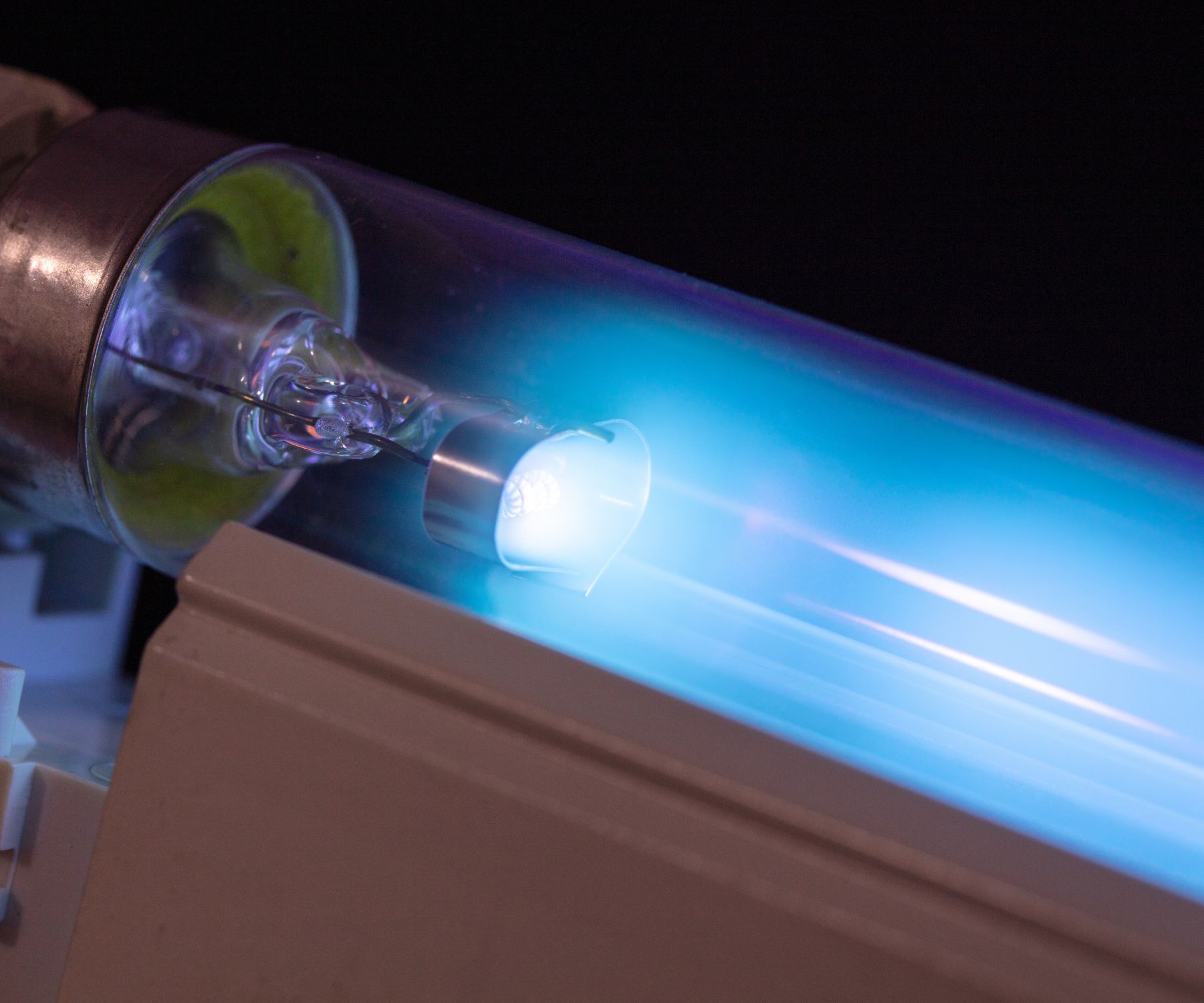
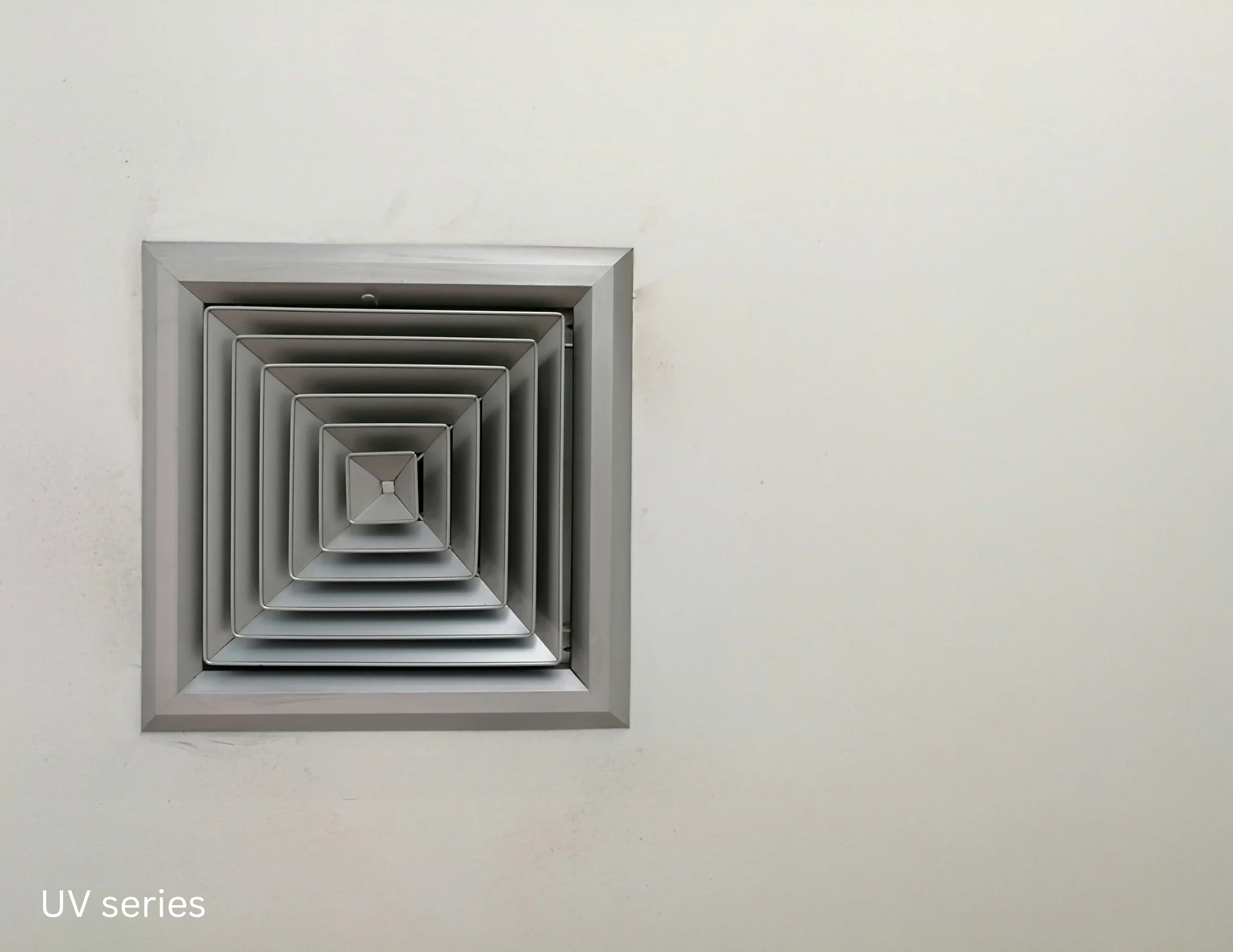

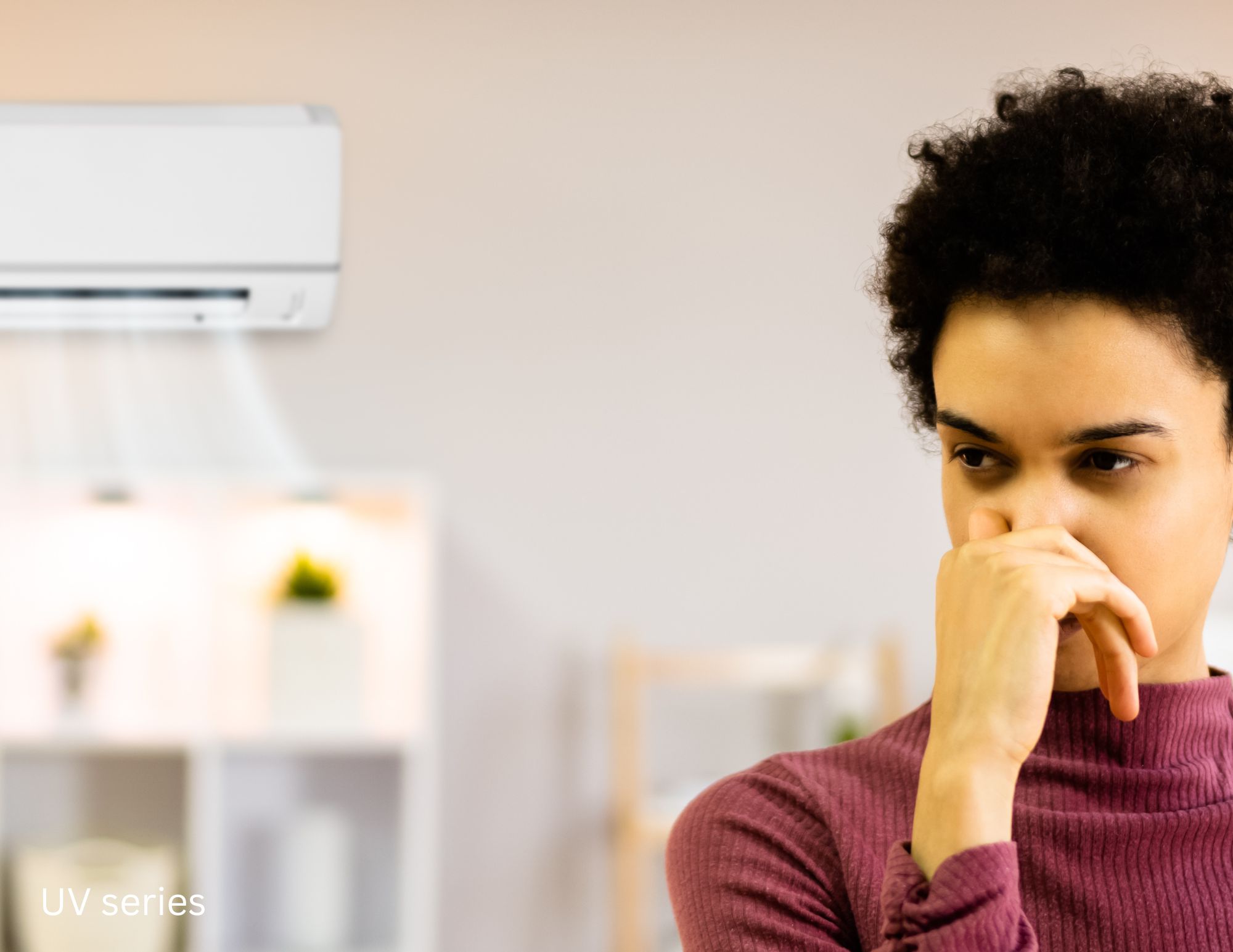

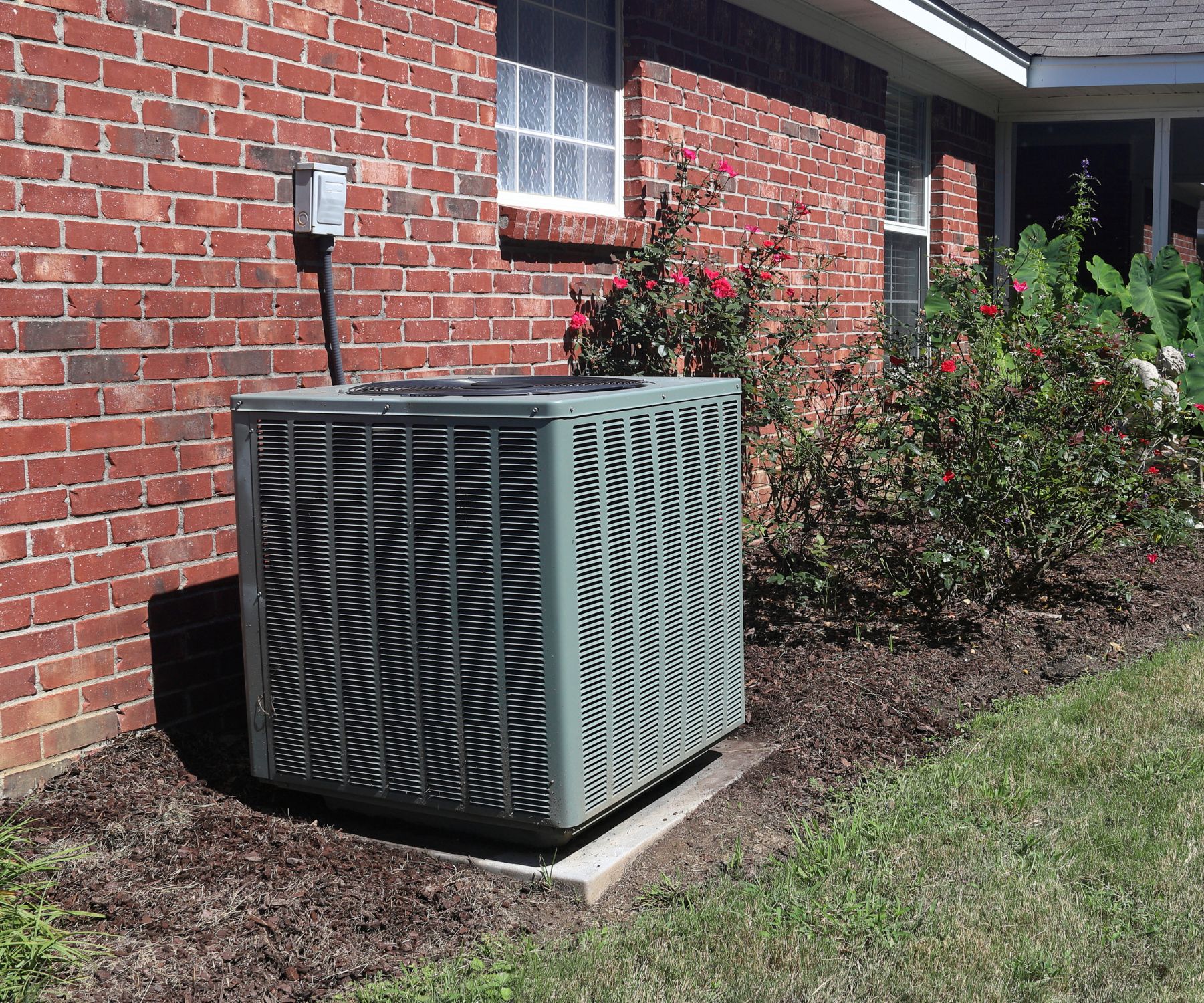
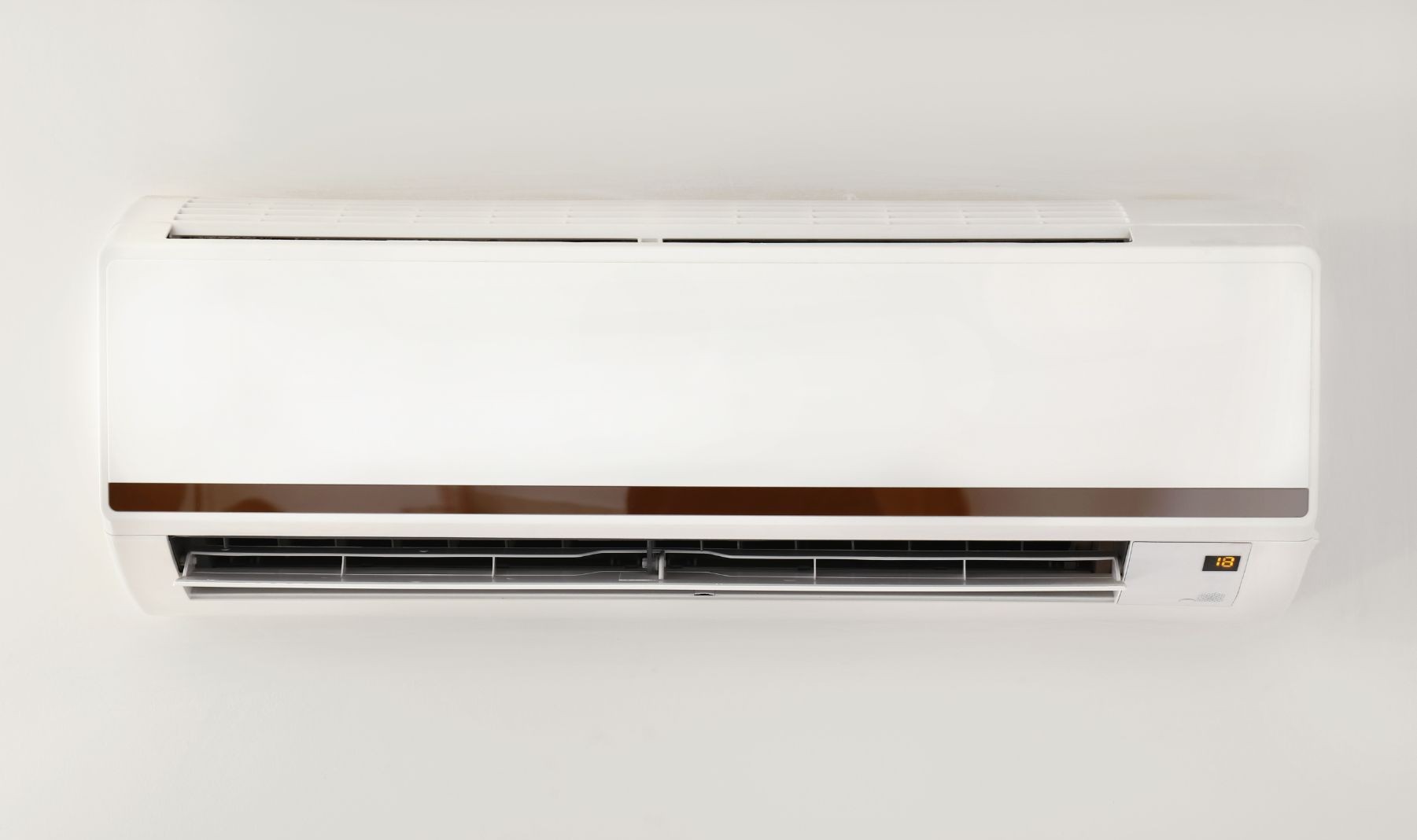




 Window AC Sizing Chart
Window AC Sizing Chart Conclusion: What Size Window Air Conditioner Do I Need
Conclusion: What Size Window Air Conditioner Do I Need
 How to Fix Window Air Conditioner Noise
How to Fix Window Air Conditioner Noise

 Window Air Conditioner Hacks
Window Air Conditioner Hacks Window AC Helpful Hints Chart
Window AC Helpful Hints Chart




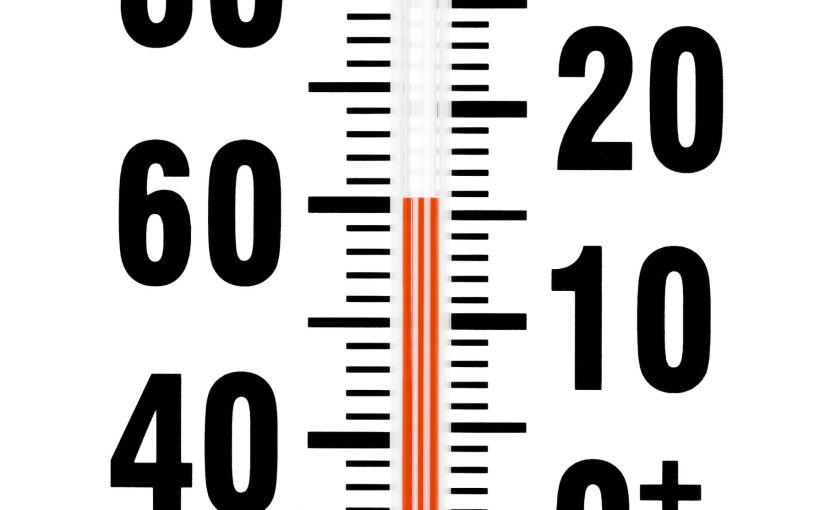
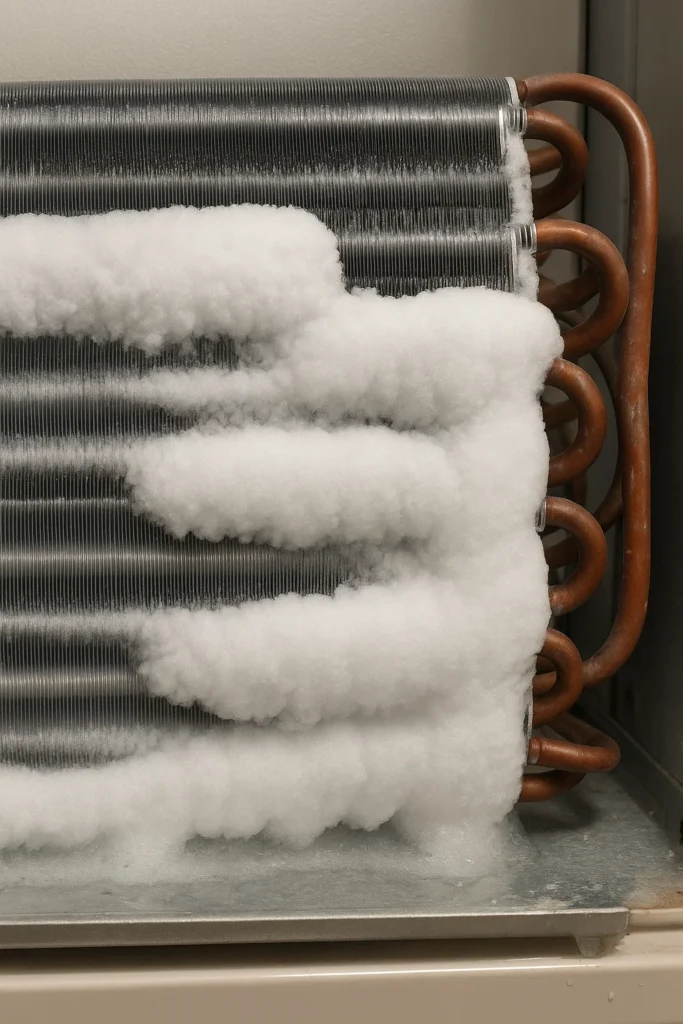 Setting your AC unit under 60 or 65 degrees may lead to increased energy consumption, potential problems with your AC unit, and discomfort for occupants.
Setting your AC unit under 60 or 65 degrees may lead to increased energy consumption, potential problems with your AC unit, and discomfort for occupants.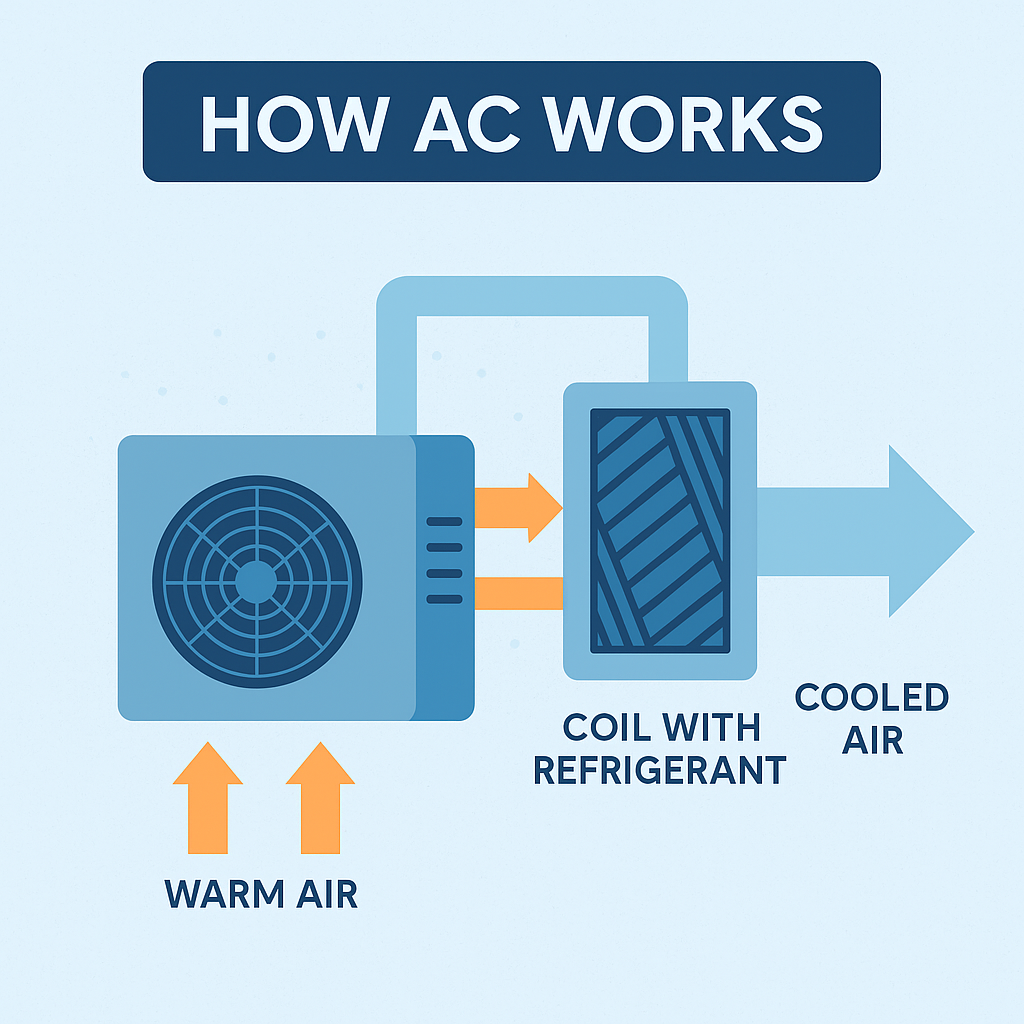 How AC Works
How AC Works



